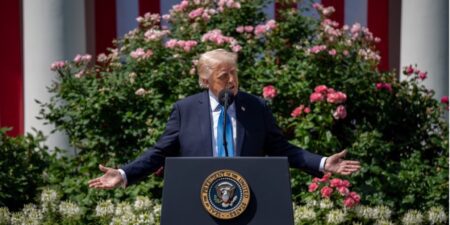The BGA ASEAN Team led by Senior Adviser Amb. Larry Greenwood, wrote an update to clients on Asia-Pacific Economic Cooperation (APEC) forum’s return to in-person meetings, demonstrating the value of personal diplomacy in the summit and associated meetings.
Context
- The summit, which gathered about 20,000 representatives from government, the private sector, nongovernment organizations and a fair share of protesters, followed more than 1,000 meetings, events and workshops that took place over the year in Palm Springs, Detroit and Seattle. This showed the value of talks at all levels to address challenges facing trade, investment, the environment and economic growth.
- While devoid of sexy deliverables, the meetings showed above all the value of engagement — most markedly between U.S. President Joe Biden and Chinese President Xi Jinping as they worked to head off the downward drift in their relationship.
Significance
- The APEC Leaders week was also an opportunity for other high-level meetings, including a ministerial meeting of the 13-nation Indo-Pacific Economic Framework (IPEF) that announced agreements on three of its four pillars governing supply chains, clean energy and anti-corruption. Separately, the U.S. administration, which faced criticism of the IPEF from some in Congress, decided just before the summit not to move ahead with the trade pillar of the framework.
- In addition to overseeing the massive breadth of APEC’s work, the summit provided an opportunity for leaders to engage. The Biden-Xi bilateral meeting came at a critical time in the relationship; both governments had carefully managed relations in the months leading up to the summit, to ensure a political environment that would allow the Chinese president to attend. In talks with Biden and at a dinner with U.S. business leaders later that day, Xi pushed his desire to head off worsening U.S.-China relations and repair the damaged bonds of trust with the U.S. business community.
Implications
While there were few high-profile deliverables resulting from the leaders’ meeting in San Francisco, leaders put their blessing on dozens of important work streams that are doing the grinding day-to-day business of gradually shaping norms governing trade and investment in the Asia-Pacific. Some of the key areas of interest to business included the following:
- Climate: Though APEC has been late to the climate game, it was a major area of focus at this year’s leaders’ meeting. The leaders made no new pledges but reaffirmed the target announced by the Group of 20 in September to triple renewable energy capacity by 2030, pledging to incorporate climate across the board into trade, investment, energy, transport, supply chains and food policies. APEC ministers renewed their pledge to keep working on lowering barriers to an expanded list of environmental goods — a fraught issue for the United States. Due to its tariffs against China, little progress was made in realizing that goal.
- Trade: Leaders endorsed new principles on sustainable and inclusive trade that seek to shape trade and investment policies so they deliver benefits to more citizens and support climate and environmental goals. Though labor was not part of those principles, the new agreement is part of the U.S. effort to forge a “trade policy for the middle class.”
We will continue to keep you updated on APEC developments. If you have any questions or comments, please contact BGA Senior Adviser Amb. Larry Greenwood at lgreenwood@bowergroupasia.com.
Best regards,
BGA Indo-Pacific Team

Senior Advisor
Larry advises clients on government relations and international economic policy, with expertise in trade, finance, development and Asia. In addition to supporting clients in the San Francisco Bay Area, Larry draws on his experience over the past four decades to help clients address business issues in Japan. Until July 2015, Larry was senior managing director for government relations in Asia for MetLife. He was responsible for working with governments, legislatures and industry associations to shape financial policies and regulations in Asia. His achievements at MetLife included building a new government relations team in Asia, helping the company open new businesses ...
Read More


























